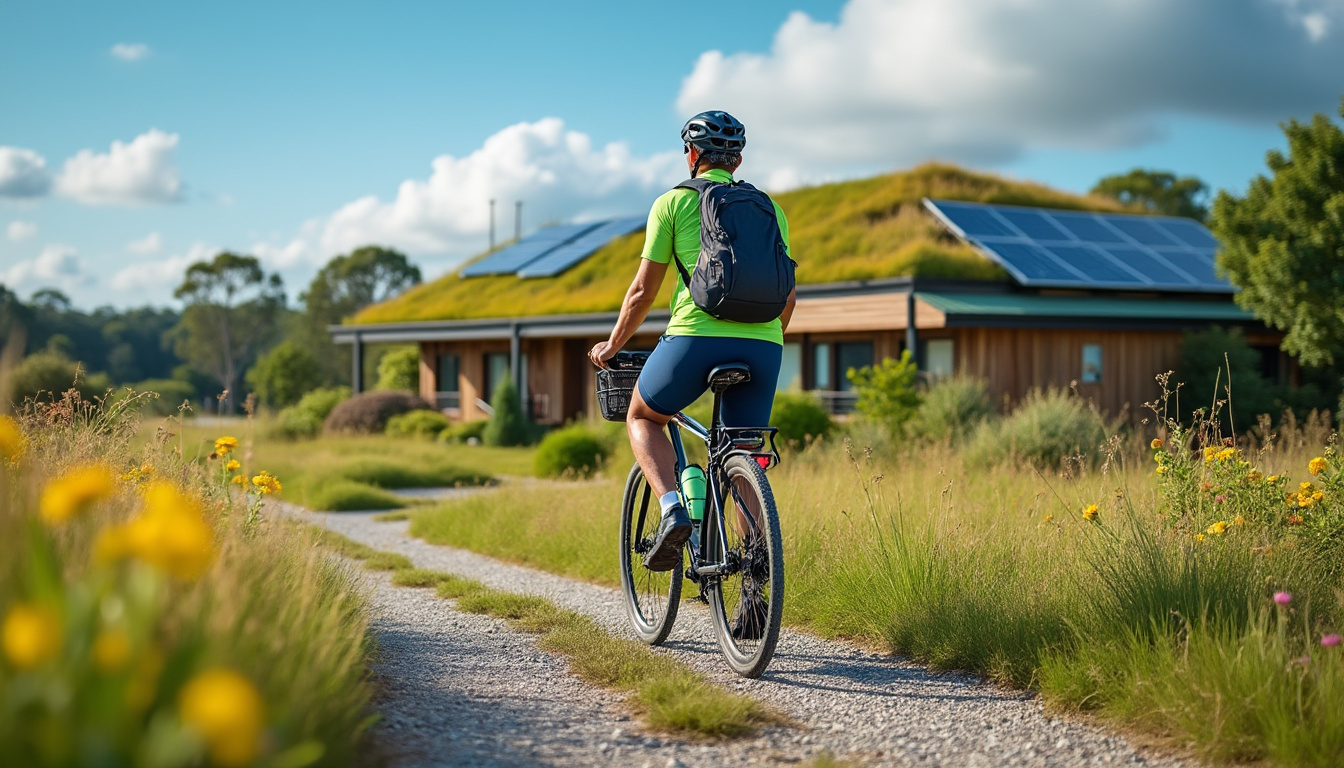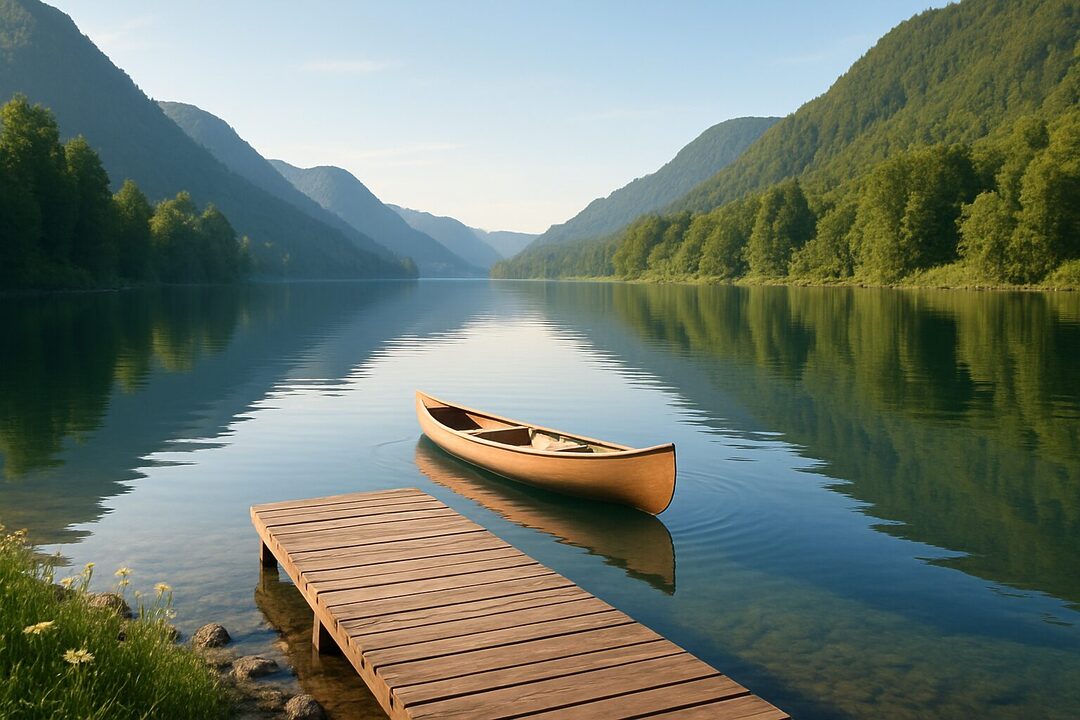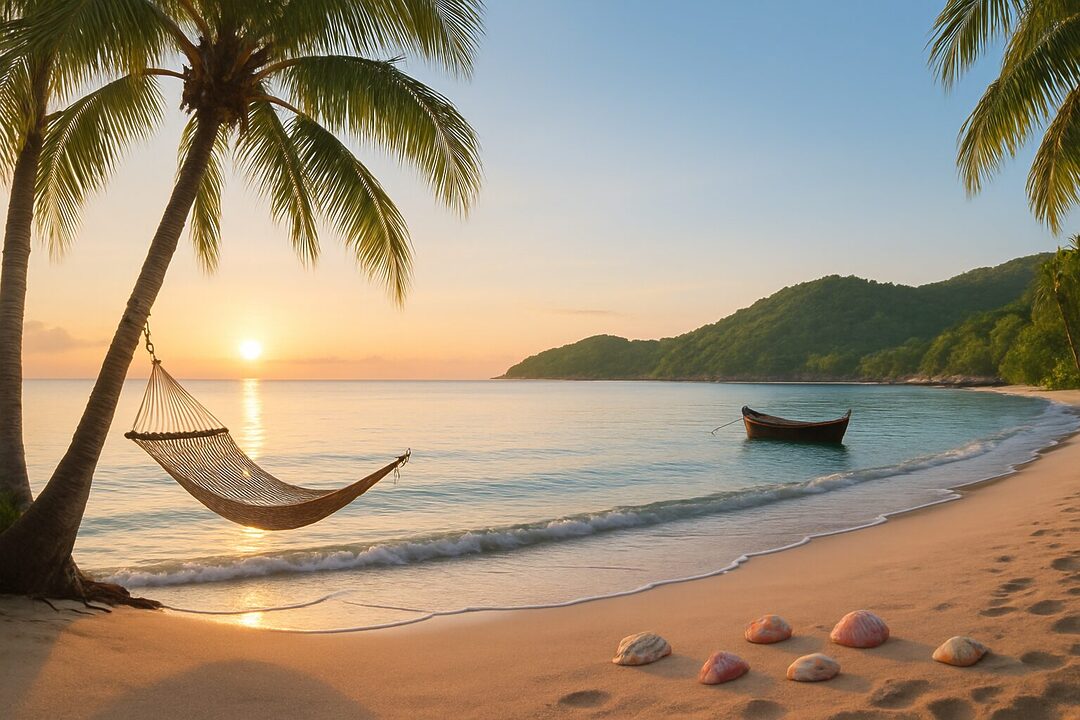In 2025, the global travel landscape is witnessing a significant transformation as more travelers seek meaningful, immersive experiences over traditional fast-paced itineraries. The rise of slow travel communities reflects a growing desire to connect deeply with local cultures, prioritize sustainability, and foster well-being amid an increasingly digital and hurried world. This movement encourages lingering in lesser-known destinations, engaging with locals, and participating in authentic activities that honor both people and places. As a result, innovative platforms like Slow Nomad Collective and WanderEase have emerged to support these conscious travelers by offering tools and networks designed for thoughtful journeys. The trend also corresponds with heightened awareness around climate impact and mental health, prompting travelers to embrace mindful presence and reduce environmental footprints through deliberate, slow exploration. Destinations such as Sardinia and Bodrum are experiencing shifts in visitor patterns, welcoming longer stays and community engagement, illustrating the practical appeal of unhurried travel. This evolving approach is reshaping tourism by redefining what it means to explore – focusing on quality, connection, and care rather than quantity or speed.
How Slow Travel Communities Foster Deep Cultural Connections in 2025
Slow travel communities in 2025 emphasize genuine immersion and engagement as the core of their experiences. Rather than rushing through a checklist of popular attractions, members of groups such as JourneyKind and Pause Travelers invest time in understanding the nuances of regional cultures, traditions, and daily life. This shift allows travelers to experience destinations on a much richer level.
One key aspect of these communities is their preference for extended stays in smaller towns or rural regions, where locals welcome visitors for hands-on activities like traditional crafts, farming, and culinary workshops. For example, Tuscany noted a 40% increase in long-term visitors participating in agritourism programs and harvest festivals. These programs not only preserve cultural heritage but also empower local artisans and entrepreneurs economically, fostering sustainable tourism benefits.
Technology also supports these cultural connections without detracting from the authenticity of slow travel. Apps curated by platforms such as Unhurried Paths and SustainVoyage recommend experiences tailored to a traveler’s mood or energy, replacing hectic schedules with flexible exploration. Augmented reality features provide historical or spiritual storytelling that deepens appreciation for local sites while encouraging mindfulness instead of distraction.
Moreover, social networks dedicated to slow travel communities play a vital role in facilitating meaningful interaction. Members of Gentle Globe and Mindful Miles Club share their stories, tips, and personal reflections, creating a vibrant exchange that cultivates empathy and respect for diverse perspectives. These online connections often translate into real-world meetups, workshops, and cultural exchanges, fueling a sense of belonging and collaborative discovery.
- Extended rural stays favor authentic learning and relationships
- Local workshops empower traditional crafts and foods
- Technology enhances rather than overwhelms the experience
- Social platforms support community bonding and shared narratives
| Community | Focus Area | Popular Activities |
|---|---|---|
| JourneyKind | Community immersion | Cooking classes, artisan visits, local festivals |
| Pause Travelers | Mindfulness and wellness | Yoga retreats, meditation workshops, nature walks |
| Gentle Globe | Sustainable exploration | Eco-friendly tours, conservation volunteering |

Environmental Sustainability Shaping Slow Travel Movements in 2025
The environmental impact of traditional tourism has become impossible to ignore, and slow travel communities in 2025 respond with deliberate choices to minimize carbon footprints while maximizing ecological respect. The preference for fewer flights, longer stays, and overland transport means that travelers are increasingly opting for trains, bicycles, and walking tours to truly absorb the environment.
Platforms such as SustainVoyage and Drift Destinations lead the way in promoting eco-conscious travel by collaborating with local initiatives to protect natural habitats and cultural sites. For instance, Slow Nomad Collective members frequently engage in conservation projects or participate in regenerative agriculture farms as part of their journey. These sustainable practices are also critical in areas vulnerable to overtourism, as seen in the measured visitor growth to Sardinia and Bodrum outside peak seasons.
Data from hospitality reports illustrate this trend clearly. Hotels in Sardinia like Conrad Chia Laguna have experienced about a 90% increase in U.S. travelers choosing offseason visits, reducing peak pressure on resources. Meanwhile, Baia di Chia Resort’s 150% growth in U.S. visitors underlines the rising appetite for sustainable yet luxurious travel options, combining comfort with eco-awareness.
Moreover, 62% of travelers now regard transparent sustainability communication from accommodations as a deciding factor, while 73% actively seek to minimize environmental impacts during their trips. This heightened consciousness has encouraged tourism providers to innovate with green technologies, energy-efficient designs, and plastic-free policies. Such measures not only align with the ethos of slow travel but also inspire travelers to become active participants in environmental stewardship.
- Reduction in short-haul flights and frequent travel segments
- Preference for green transportation: trains, bikes, walking
- Community engagement in conservation and sustainable practices
- Transparent sustainability programs influencing traveler choices
| Traveler Priority | Percentage of Respondents | Impact on Travel Behavior |
|---|---|---|
| Hotel sustainability communication importance | 62% | Selecting eco-certified accommodations |
| Desire to minimize environmental impact | 73% | Choosing transport modes and activities accordingly |

Mental Health Benefits and Mindfulness Through Slow Travel Approaches
In a world saturated with digital distractions and constant movement, slow travel communities like Mindful Miles Club and Serene Steps advocate for trips that nurture emotional resilience and promote mental well-being. By encouraging travelers to savor moments and embrace spontaneity, slow travel acts as an antidote to travel-induced stress and burnout.
Extended visits enable individuals to disconnect from their hectic routines, naturally lowering anxiety and improving mindfulness. Digital detox retreats have surged in popularity among members of WanderEase and Slow Nomad Collective, offering environments specifically designed to unplug from technology while reconnecting with nature and inner calm. These retreats often combine gentle yoga, meditation, and nature immersion to foster holistic wellness.
Practices central to slow travel also cultivate gratitude and presence. Travelers report deeper satisfaction as they interact with locals, participate in seasonal activities, and absorb the surroundings at a pace that aligns with their energy levels. This enriched attentiveness supports mental health, reducing feelings of overwhelm and enhancing self-awareness.
Mindful itineraries encourage flexibility rather than rigid planning, allowing for spontaneous discoveries that refresh the spirit. The growing availability of mental health oriented travel guides and community support networks enhances this approach, creating safe spaces for reflection and healing through exploration.
- Promotes emotional resilience by reducing travel stress
- Supports digital detox through technology-free retreats
- Encourages present-moment awareness and gratitude
- Flexible travel plans accommodate personal wellbeing
Technology and Innovative Platforms Enabling the Slow Travel Lifestyle
While slow travel emphasizes mindfulness and simplicity, technological innovation plays a crucial role in making this lifestyle accessible and enriching. Platforms like JourneyKind, Unhurried Paths, and Drift Destinations provide personalized recommendations, flexible scheduling tools, and social networking features that align with slow travel values.
These technologies prioritize user experience by offering mood-based activity suggestions, local expert insights, and augmented reality storytelling that enhances cultural appreciation without detracting from hands-on immersion. By avoiding rigid itineraries, travelers can engage at their own pace, reducing pressure and allowing room for serendipity.
Moreover, digital community hubs encourage interaction among like-minded travelers, fostering collaboration and support across global slow travel networks. The Slow Nomad Collective exemplifies this by facilitating virtual and in-person meetups, workshops, and group excursions, enriching the communal experience.
Apps dedicated to sustainability scoring and eco-friendly accommodations, such as those endorsed by SustainVoyage, inform traveler choices and hold service providers accountable. Integrated platforms also help manage logistics around longer stays, visas, and remote work access, a key factor as more travelers blend work and leisure in their journeys.
- Personalized travel suggestions based on mood and energy
- Augmented reality enriching cultural understanding
- Community platforms supporting sharing and collaboration
- Sustainability assessment tools guiding responsible choices
| Platform | Main Feature | User Benefit |
|---|---|---|
| JourneyKind | Mood-based travel suggestions | Flexible, immersive experiences |
| Unhurried Paths | Local expert recommendations | Authentic cultural connections |
| SustainVoyage | Sustainability scoring and eco-accommodation listings | Informed, eco-conscious travel decisions |
Emerging Destinations and Community-driven Travel Patterns in 2025
The desire to avoid crowded tourist hotspots has led to rising interest in off-the-beaten-path destinations, supported by slow travel communities such as Serene Steps and Drift Destinations. Secondary cities and less-explored regions are becoming preferred havens for travelers seeking authentic encounters and peaceful environments.
Places like Sardinia have witnessed visitor diversification, with established resorts reporting remarkable growth among U.S., Irish, UK, and Czech travelers outside traditional travel seasons. For example, Baia di Chia Resort Sardinia saw a 150% increase in U.S. visitors. Similarly, Bodrum in Türkiye is attracting more tourists beyond summer months, evidencing traveler preference for extended, slower-paced visits.
This shift benefits local economies by spreading tourism income year-round and allowing communities to better manage visitor impact. The rise of Serenity Trips as a platform reflects this change, offering curated experiences in hidden gems and nature retreats designed for mindful travelers.
Slow travel’s emphasis on long stays supports local entrepreneurs and cultural preservation by encouraging participation in community festivals, craft markets, and sustainable farming. More travelers are embracing these rhythms, motivated by a desire to explore with purpose and care.
- Preference for secondary cities and rural areas
- Extended stays supporting local economies sustainably
- Seasonal travel extending beyond peak tourism periods
- Platforms like Serenity Trips facilitating authentic connections

As a 34-year-old Yoga Teacher, I am passionate about guiding others on their journey to mindfulness and well-being. With years of experience in various yoga styles, I create a welcoming environment that encourages personal growth and self-discovery. Join me in exploring the transformative power of yoga.


